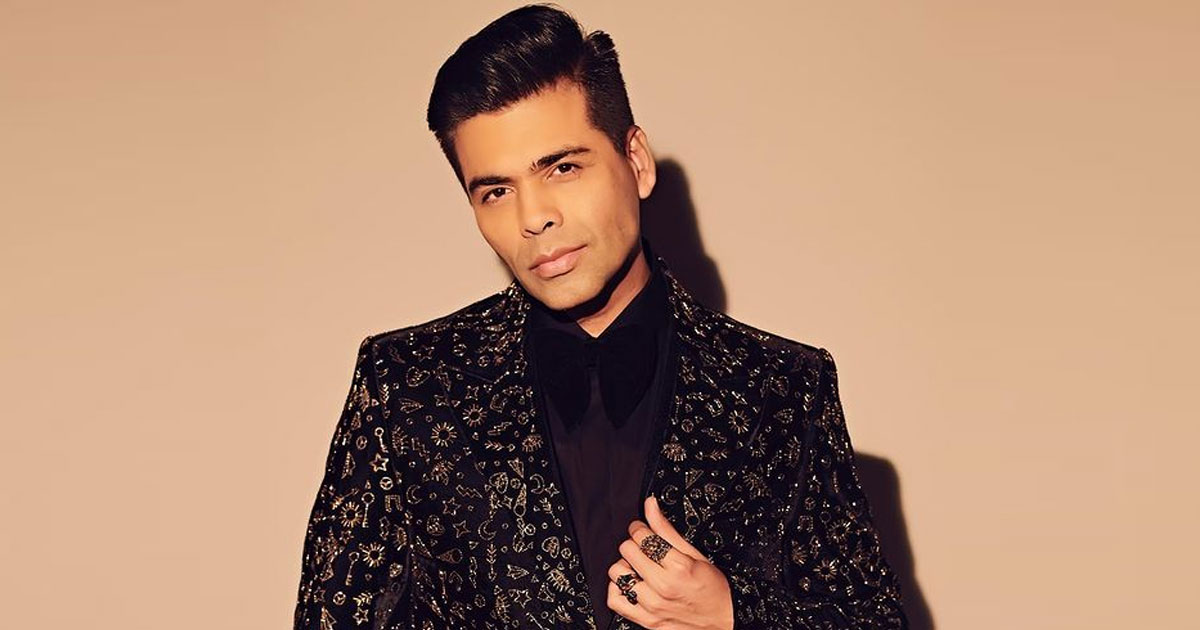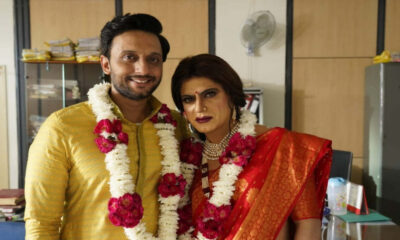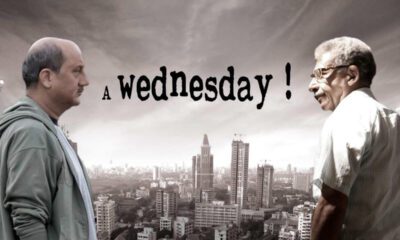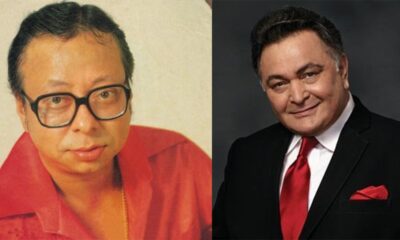Bollywood News
Revisiting Karan Johar’s Much Misunderstood Kalank As It Turns 4

Nothing succeeds like success. Nothing fails like failure either. Kalank , said to be Karan Johar’s most expensive production to date, was slammed savagely from all ends.
This industry celebrates the failure of those who are successful.As soon as news spread that Kalank, directed by Abhishek Verman, was not being appreciated by the critics or audience, the industry began to gleefully write epitaphs for Karan’s career.
“He’s finished. Dharma’s Karma is catching up,”a filmmaker told me as the world turns into a mob-lynching nightmare for Johar.
He’s luckier than Sanjay Leela Bhansali. On the morning of the release of Saawariya he was pacing up and down all alone in his home. Everyone connected with the failed film had quickly moved on.
Kalank true to its title, is a blemish Karan Johar’s cast and crew would quickly like to forget.It won’t affect Karan Johar’s equity. But it is a huge emotional blow for a filmmaker who wanted to scale those steep epic steps that Sanjay Leela Bhansali has gone up.
But it’s okay to fail, Karan. Kalank is not a bad film. It’s just a failed film. It has plenty to be proud of. The scale at which the sets are mounted would put James Cameron to shame. The affinity to Bhansali’s school of filmmaking is evident in many details including the bromance song between Varun Dhawan and Aditya Roy Kapoor which is a remarkably faithful ripoff of Shah Rukh-Jackie Shroff’s Chalak Chalak song in Devdas.
Alia Bhatt’s introductory kite-flying song echoes Aishwarya Rai’s introduction in Bhansali’s Hum….Dil De Chuke Sanam.As far as homages go, Kalank is a decent aesthetic exercise in derivative filmmaking.What I really want to ask you, Karan, is, why did you choose such a negative title for your film? Kalank means a curse. And now you know why.
Years ago I remember Tanuja Chandra’s Sungharsh (which incidentally was Alia Bhatt’s first screen role, and she played the child version of Preity Zinta) was initially called Andhera.
Too negative, said distributors. Did no one advise Karan against calling his film Kalank?
It was the most expensive Karan Johar production to date, so lavish and costly that Karan’s Dharma Production had to share the production responsibility with two other major producers Sajid Nadiadwala and Fox-Star Studios.
The film’s stellar cast had undergone many changes. Varun Dhawan’s role was to be originally played by Shah Rukh Khan and Kajol was to do Alia Bhatt’s role. Daane daane pe likha khane wale ka naam. Sridevi was replaced Madhuri Dixit. The two divas were fierce rivals in their heydays. It is ironical that destiny willed them to swap roles.Only Karan Johar could pull this off. Dixit’s character of the goodhearted tawaif is inspired by Meena Kumari in Pakeezah, Rekha in Umrao Jaan and Madhuri Dixit in Devdas. Apparently Ms Dixit Nene’s Bahaar Begum is a mélange of all three classic courtesans. The original choice for Sanjay Dutt’s role was Rishi Kapoor who unfortunately fell ill and had to leave the country for medical care. This is how the original Chandni pair of Rishi Kapoor and Sridevi converted into the Khalnayak pair of Dutt and Dixit . Karma comes a full circle.
Alia Bhatt’s look was inspired by Aishwarya Rai Bachchan in Jodha Akbar and the Pakistani actress Sanam Saeed in the television series Zindagi Gulzar Hai.
At a running-time of 2 hours and 48 minutes Kalank was one of the lengthiest films Karan Johar has produced, 3 minutes longer than My Name Is Khan.
Comparisons with Sanjay Leela Bhansali h haunted Kalank from the time the first teaser came out. Kalank is gorgeous to look at. Every frame is worked out to an eye-catching detail exuding a kind arrested aestheticism that implies a penchant for opulence and majesty that has no parallel in real life.And certainly not in 1946 when the film’s tumultuous romance unravels (not as seamlessly as one would imagine). The sets and the imaginative use of religious symbols in the songs are breathtaking. And put Alia Bhatt in a gondola sailing through this universe caught in the cusp of never-land, and we have a supremely seductive drama where every frame is a pose and every dialogue a poser.
There is a whole lot of posturing in the storytelling with no character remaining consistently in character. Some run out of steam, others bay for blood. Some live, others die while some others die even as they live. But finally the chaos which was India during the months before the barbaric Partition, all comes together in a way that is not fully satisfying either for the characters or for the audience.
At the end of the lengthy but luminous storytelling I was stuck with how unhappy every character is in writer-director Abhishek Varman’s drama of the damned, none more so than Satya (Sonakshi Sinha) and her equally soul-dead husband Dev Chaudhary a man who stands by his beliefs no matter what the cost.
Dev wants to bring industrial development into the town called Husnabad where the story unfolds. But hell, Husnabad is not about growth but arrested development. Over here the characters nestle their fragile oldworld sensibilities in a cradle of curdled dreams. In this world of frozen sumptuousness (shot with a whittled-down gorgeousness by cinematographer Binod Pradhan that reminded me of what Sven Nykvist did to Ingmar Bergman’s decadent aristocracy in Fanny & Alexander) love blossoms — if ‘blossom’ is a correct definition of forbidden passion—when the stately young Bahu of an aristocratic family, a second wife brought to the family by the first, falls in love with a lowly lohaar (goldsmith).
Alia Bhatt and Varun Dhawan play the star-crossed lovers with an abundance of untamed passion. But somehow the sense of urgent attraction in forbidden love from David Lean’s Ryan’s Daughter is missing here.
Whatever the shortcomings suffered in transcreation from its powerful writing to a relatively weak execution on screen, the last half-hour when all hell (of Partition violence) breaks loose is jaw-dropping in its drama and intensity.
The performances range from the pitch-perfect to the mis-communicated (Kiara Advani’s sexy kotha act is a hoot). Varun Dhawan brings an admirable zest to his role as an illegitimate lover. But why the kajal-laden eyes so incongruously contrasted with the gym-toned body?Alia Bhatt is, I repeat, incandescent. In the scenes where she portrays her forlornness in a loveless marriage she reminded me of Madhabi Mukherjee in Satyajit Ray’s Charulata. In her rebellious resolution to wrangle love at any cost she was like Nutan in Bandini. Finally though she was all of herself and then some more.
Sonakshi Sinha and Kunal Khemu are also in fine form. Madhuri Dixit dances like a dream. But disappoints in the dramatic scenes which admittedly seem underwritten and ham-fisted talking in riddles that go nowhere. The real surprise is Aditya Roy Kapur. Controlled and steadfast the director makes good use of his temperate personality to denote calm and common sense at a time when the world has gone berserk.Kalank looks beautiful and feels uncompromised.








